In January 2018 we decided to close our company, Agruppa.
After almost three years and a thousand lessons learned, we understood that the moment to close responsibly had arrived.
With the profitability of our business still some way off, the continuing latent challenges in the value proposition and day-to-day operations, and the limited availability and high risk aversion of capital, Agruppa’s future outlook did not look very favourable for now.
Three months after closing our doors, we look back with pride at the accomplishments of Agruppa and the expertise gained.
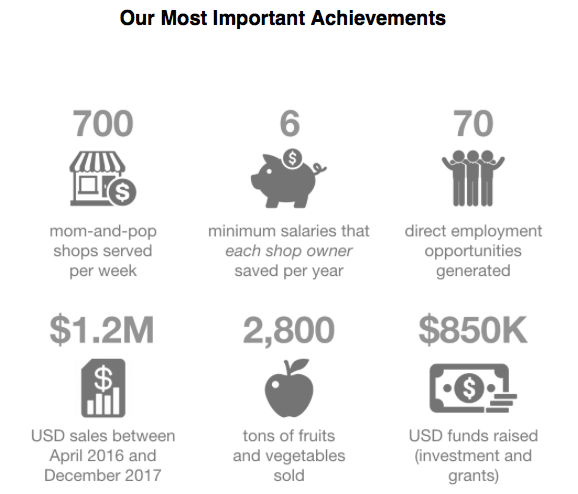
This article is about sharing the most important lessons we drew from the Agruppa journey, and that we hope are useful to others in the social startup space.
Here are the key 6 lessons:
-
Reading the investment ecosystem is key to survival.
-
Growing forcefully is dangerous without the right foundations in place.
-
Don’t miss the right time to transition from manual to digital.
-
Build the dream team for each moment of the company.
-
A deep understanding of incentives in all links of the value chain is key.
-
Behaviour change is difficult and needs constant attention.
Let's go into more detail on these points.
1. Reading the investment ecosystem is key to survival:
Your motivation to create a business is one thing, but in the end you need to understand how your business presents a real opportunity for the investors willing to put money in. In the case of Agruppa, we should have prioritised the development of our technology to make the model “sexier” before building up a large customer base. In today’s fundraising landscape, it’s difficult to attract investors without a tech-enabled model.
We also should have focused our social impact story on the farmers (our suppliers) instead of the Mom-and-Pop shops (our customers), since — in many emerging economies such as Colombia — there are more funds available from investors looking for agricultural impact. Agruppa’s model was designed to positively impact farmers anyways but we focused our story on the impact on our customers’ side instead.
2. Growing forcefully is dangerous without the right foundations in place:
Even if you have committed to reaching a certain growth with your investors — if you do not have the people, systems and infrastructure in place to make the growth efficient and sustainable, it’s better to slow down. We aimed at getting to breakeven no matter what, and thought we would put things in order afterwards. Today, we would do it the other way around and re-assess how those systems and people are working while we grow.
3. Don’t miss the right time to transition from manual to digital:
Agruppa’s strategy was to prove out the logistical model first. Operating the complete service just on pen and paper, and excel, we demonstrated the real demand and our ability to execute on it — showing that Agruppa was “more than just an app”. However, developing and implementing our technology at an earlier stage, especially before initiating the growth phase, would have helped us to standardise processes, track indicators, generate efficiencies, improve communication with our customers, and ultimately would have made us more more attractive to investors.
Unfortunately, we had two failed attempts at software development before nailing it, which cost us two years. While the obstacles to development were unforeseeable as such, we should have halted our growth plans instead of adhering to them as if nothing had happened.
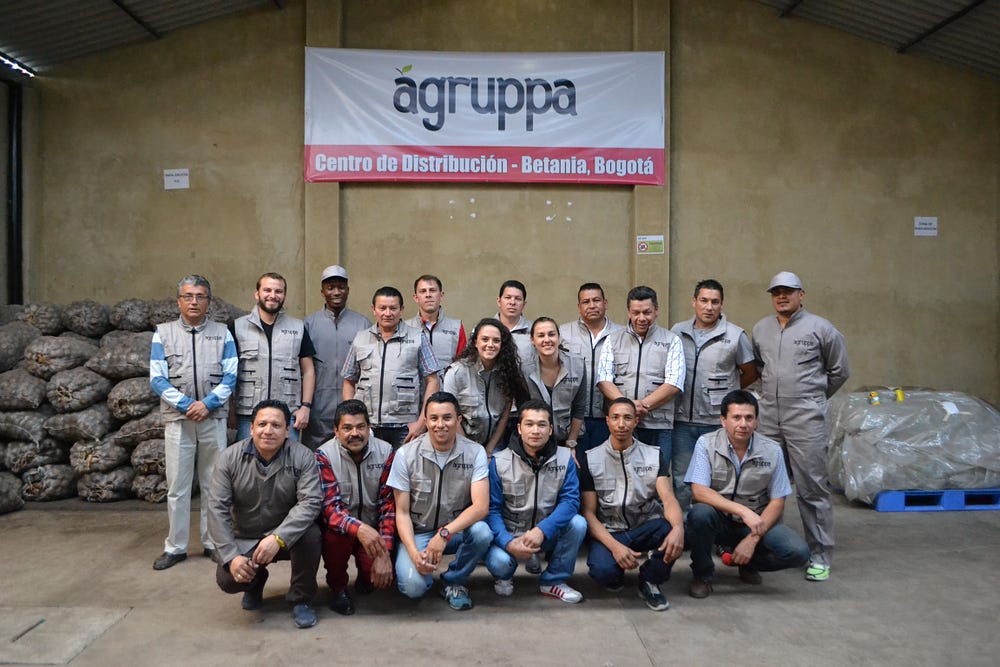
4. Build the dream team for each moment of the company:
Every day that passes with knowledge gaps in your team, is a day that you cannot progress significantly in your business model. Anyone would thus suggest to fill the talent gap as quickly as possible, but we found that it is not that simple. Hiring fast can seem to cover those gaps, but you may bring a person to the team that is just not a good fit.
Hiring slowly, on the other hand, ensures you get to know the person behind the expertise, and to built a solid work plan with well-defined goals so that — even more importantly — you can quickly assess whether the person is actually good fit in any moment.
Because after all, “firing fast” requires constant clarity about whether or not this person is the one your company needs in that moment. Without permanent attention, it is easy to lose track of it in the day-to-day craziness. The idea of “hiring slow and firing fast” is easy in theory, but when confronted with forced growth and a limited budget, it can become a huge challenge.
5. A deep understanding of incentives in all links of the value chain is key:
Agruppa connected farmers in rural areas of Colombia with Mom-and-Pop shops in the city, Bogota. From the outset, our focus was on the shops, where the demand, the sales and the social impact were. We built on the assumption that by serving more and more shops, we could generate economies of scale in our purchasing of produce, and bulk buy at much lower prices than any individual shop. Today we understand that in order to access the margins necessary to make this business sustainable in the long term (and attractive to investors), it is not sufficient to be just another buyer.
To make it happen, a different way of engaging with the farmer would be necessary, such as future contracts, input financing, or even growing crops ourselves. Today we understand that our suppliers were our true customers — and we should have focused on them in order to make this business work.
6. Behaviour change is difficult and needs constant attention:
Re-segmenting an established market is a difficult proposition for any company. When you add in cultural norms and asymmetries of information, it becomes almost impossible. We were regularly surprised by the often uninformed or seemingly irrational behaviour of farmers and shop owners — and the many factors that could influence their behaviour.
In the end, not being able to set prices on either side of the chain (or create the needed transparency) left us at the mercy of our suppliers and customers who only looked to the city’s central market — a player monopolising the supply chain and preventing information transparency.
Value propositions may be perfect in theory, but it’s crucial to learn how to test the roles that culture and idiosyncrasies play in its actual rollout.
We’re infinitely grateful for these — often painful — learnings. May they serve anyone out there trying to rock the boat every day. Keep rocking.
This article was originally published by Verena Liedgens on Medium.com. Liedgens describes herself as: "A social entrepreneur without an enterprise. Co-Founder of Agruppa. Passionate about food, business model innovation and using markets for a more inclusive future."

